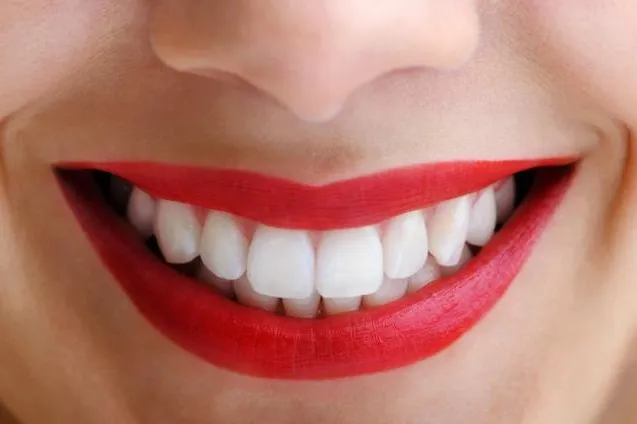Scientists from the Center for Research and Assistance in Technology and Design of the State of Jalisco (CIATEJ) carry out a project to find a method against diabetes through the stem cells of dental origin.
The process seeks to use biomolecules to enhance the differentiation of dental stem cells towards pancreatic beta cells, which are responsible for generating insulin in the body, explained teacher Flor Yohana Flores Hernández, reports Notimex.
"We are proposing an alternative therapy, which is to use the treatment of differentiated stem cells to beta cells to treat diabetes," said Flores Hernández in an interview with the Informative Agency of the National Council of Science and Technology (CONACYT).
The project leader indicated that the dental pulp stem cells have a lower recovery cost, compared to other treatments.
"That from a tooth can be obtained stem cells is great, because the adepes require a surgical process that is not so severe but expensive, in addition to invasive," said the researcher.
“Obtaining marrow cells is a painful process, which makes it not so feasible.And although there are procedures to recover umbilical cord cells, the amount that is managed to recover is very small, ”he added.
Research also tries to prove the effectiveness of the molecules to serve as a stimulus for the differentiation of trunk cells into pancreatic beta cells.
The pieces used for research are donated by the Maxillofacial Surgery area of the Civil Hospital of Guadalajara "Juan I. Menchaca", which are obtained from the daily processes of extraction of molar and supernumerary third parties.
Elimination
The extracted teeth are protected in a cold chain and then transfer them to the CIATEJ laboratories, where they receive the required process that eliminates bacteria and fungi through the use of ethanol, chlorhexidine, penicillin, streptomycin and fungizone.
The trunk cells are obtained from the tooth pulp, they are carefully cut irrigating water in the tooth to avoid heating, then the tissue with tweezers is removed and maintained in in vitro cultivation.
Then, it should be confirmed that the stem cells obtained are mesenchymal and that they do not show predisposition to become another type of cell, given the lack of stimuli.Once they are able to differentiate, it should be verified that they segregate insulin.
This new treatment would mean incorporating new cells into the organism differentiated before, towards pancreatic beta cells with the property of being able to secrete insulin.
Beta pancreatic cells should be able to synthesize and release insulin in a controlled way, in the quantity and time appropriate to the body.
For his part, Dr. Néstor Emmanuel Díaz Martínez mentioned that the cell differentiation process resembles what happens in development.
“Within development there are growth factors.These molecules are released and as the cell is moving, these factors are receiving, ”said Díaz Martínez.
“It will receive a different amount of those growth and signaling molecules.For example, if the cell is on the roof, it will be differentiated towards a cell type;If it is on the floor it will be of another type;And if it is at the door, it will be otherwise, ”said the doctor.
According to Flores Hernández, the ideal method will be sought to differentiate dental stem cells towards pancreatic beta cells, for this the conditions, stimulation factors and their concentration will be taken into account.
Currently, CIATEJ researchers, together with other institutions, work with trunk cells for use in evil therapiesFrom Parkinson, Alzheimer's, bone regeneration, diabetes and some types of cancer.


